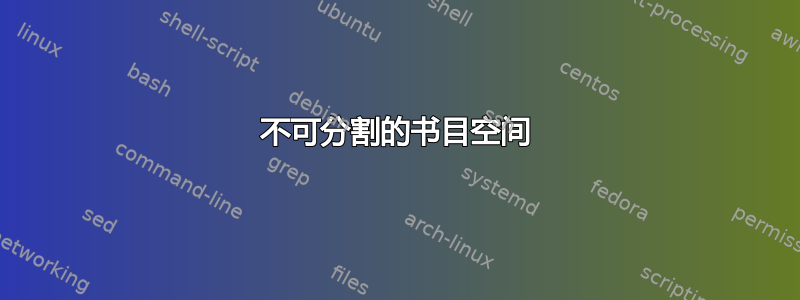
为什么我们需要~对参考书目使用不可分割的空格?
例如,在 G. Grätzer 所著的《More math into LaTeX》一书中,第 47 页给出了以下代码片段:
\bibitem{eM57a}
Ernest~T. Moynahan,
\emph{Ideals and congruence relations in
lattices.} II,
Magyar Tud. Akad. Mat. Fiz. Oszt. K\"{o}zl.
\textbf{9} (1957), 417--434.
据我所知,~在参考书目中使用名称是没有意义的,因为名称永远不会太长而断开 - 相比之下,对于定理编号和类似内容的参考文献,如果将其排版为,则来自2确实Theorem 2可能出现在下一行Theorem \cite{sometheorem}。
答案1
在 George Grätzer 所著的《Practical LaTeX》一书中,您可以在第 94 页找到与您在问题中展示的类似示例。
\begin{thebibliography}{9}
\bibitem{gM12}%
George~A. Mennuhin, \emph{Universal Algebra},
University Series in Higher Mathematics, vol.~158,
D.~Van Nostrand, Princton, 2012.
\end{thebibliography}
这里的vol.~158“和”D.~Van是有意义的,因为\bibitem文档的编写者可以控制良好的布局。
我教我的学生(出于教学原因)总是写一个~不想换行的地方,如果它是无用的(不应该出现换行)或没有。总是写比偶尔在需要的地方George~A.写更容易。~
如果参考书目是通过.bib文件建立的,我就不写~。
使用以下 MWE (我将 加倍,\bibitem得到一个有~,一个没有)
\documentclass[11pt]{article} % try with 10pt and 11pt
\usepackage[left=3cm,right=3cm,showframe]{geometry}
\begin{document}
Text~\cite{gM12} Text \cite{gM13} text
\begin{thebibliography}{9}
\bibitem{gM12}%
George~A. Mennuhin, \emph{Universal Algebra},
University Series in Higher Mathematics, vol.~158,
D.~Van Nostrand, Princton, 2012.
\bibitem{gM13}%
George A. Mennuhin, \emph{Universal Algebra},
University Series in Higher Mathematics, vol. 158,
D. Van Nostrand, Princton, 2012.
\end{thebibliography}
\end{document}
我得到了最终的pdf:
vol.用红色箭头标记,您可以看到和数字之间通常不需要的换行符158。使用或字体大小的其他参数,您可以得到这样的情况,即和geometry之间可能会发生印刷上不需要的换行符。所以我认为在参考书目中用...编写是有意义的D.Van~\bibitem



